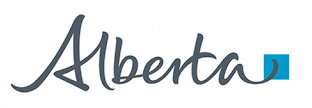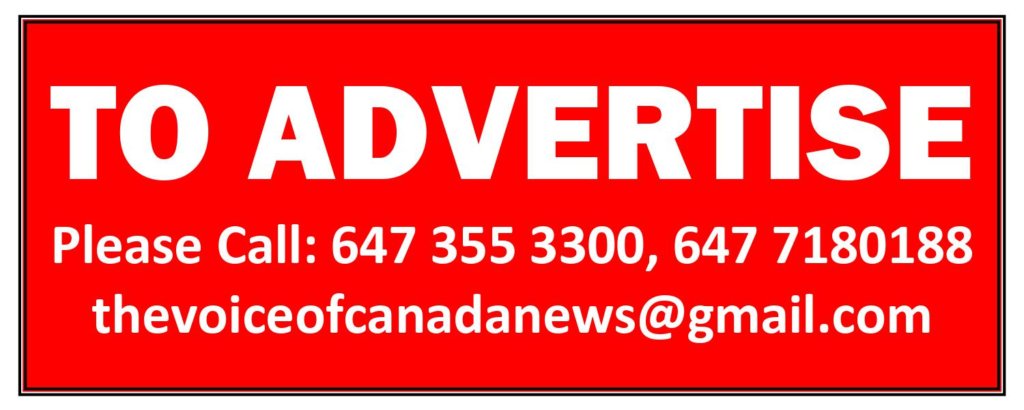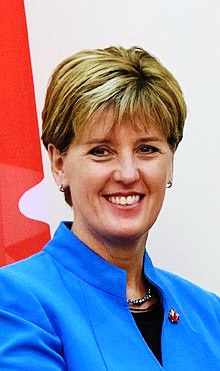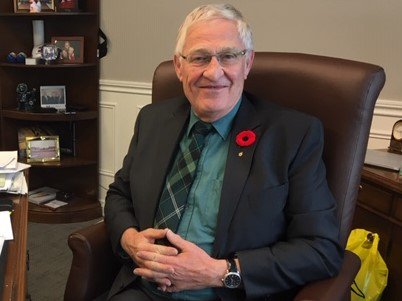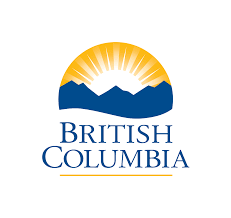Students will return to learning in classrooms across Alberta at the beginning of the new school year
Schools will be ready to welcome students under scenario 1, which is near-normal daily operations with health measures.
Alberta’s government has developed a re-entry tool kit to prepare parents and students for what to expect in the new school year. The tool kit includes videos for students explaining some of the health measures, a guide for parents, frequently asked questions, school posters, a self-screening questionnaire in multiple languages, and links to health guidelines.
“Alberta continues moving ahead with our recovery and relaunch plan. I’m proud of our comprehensive plan that supports the safe return to daily in-school learning. The return of more than 750,000 students to near-normal learning in the new school year is indicative of Alberta’s continued recovery as we work to relaunch our economy and return to our regular everyday lives.”Jason Kenney, Premier
“We are determined to do everything that we can to safely return our students, teachers and staff to the school. I appreciate the input and support of school authorities across the province, as well as our education partners, in developing and refining our school re-entry plan. We are providing clear and detailed guidelines and a re-entry tool kit so everyone can do their part and prepare for a safe return to school.”Adriana LaGrange, Minister of Education
“We are committed to doing everything possible to protect the health and safety of students, staff and families during the upcoming school year. There is no risk-free approach to COVID-19 but there are also risks to children’s overall health from school closures. We are continually refining our public health advice for schools based on the best available evidence. We also have plans in place to respond quickly when cases are identified. Limiting the spread of the virus in schools will require the dedication and support of all Albertans when the school year begins this fall.” Dr. Deena Hinshaw, chief medical officer of health
Under scenario 1, schools will implement a number of public health measures, which include frequent cleaning of surfaces, placing hand sanitizers at school entrances and classrooms, grouping students in cohorts, and planning the school day to allow for physical distancing, which could include staggering start times for classes, recesses and lunches. Additional public health measures may be established prior to September on the advice of the chief medical officer of health in consultation with the education system.
In addition, students, staff, parents and school visitors will be expected to use a self-screening questionnaire daily to determine whether they can enter the school.
“The Alberta School Boards Association is pleased that this plan was released earlier than expected as it provides more time for finalizing school board plans. We appreciate the various experts, parents and community members that helped inform a plan that prioritizes the health and safety of students and staff. ASBA and all school boards will work diligently to implement this plan and look forward to continuing to work with the Minister of Education throughout the upcoming school year.”Lorrie Jess, president, Alberta School Boards Association
“The College of Alberta School Superintendents appreciates the opportunity to work alongside government and education partners to develop a detailed re-entry plan. The CASS board of directors strongly believes that the re-entry plan offers the appropriate balance of guidance from the chief medical officer of health and the government while providing for the authority and autonomy for individual school divisions to assure their students, parents and staff that a successful return to school will be safe.”Bevan Daverne, president, College of Alberta School Superintendents
“We value the government’s efforts to actively work with the education system, including independent schools, as they finalized details for the 2020-21 school year. Re-entry under scenario 1 gives us the information and confidence we need to prepare our schools for reopening. We appreciate the requirements set out by the government to ensure that student and staff safety remains the priority as we navigate through these times to safely move closer towards a sense of normalcy.”Simon Williams, president, Association of Independent Schools & Colleges in Alberta
“The health of students and staff is the priority. In our recent survey on re-entry, 86 percent of parents that participated indicated they were in favour of a return to school plan for K-12 students. Community efforts are essential to ensure a safe learning environment for our children.”Brandi Rai, president, Alberta School Councils’ Association
“The Association of Alberta Public Charter Schools is pleased the government invested the time to engage with the education system as they pragmatically developed the 2020-21 school re-entry plan. This announcement provides Alberta’s public charter schools with the confidence and responsiveness they need to ensure a safe and successful return for the upcoming school year.”Ron Koper, chair, The Association of Alberta Public Charter Schools
Successful transition to summer school and child care
Alberta’s school re-entry plan works, and already has mitigated risks to students and teachers. Throughout the summer, the Calgary Catholic Separate School Division ran in-person summer school programming in accordance with the guidelines developed and issued by the province. These comprehensive guidelines have mitigated risk, resulting in no COVID-19 outbreaks among teachers or students participating in summer school.
Additionally, Alberta has seen a successful reopening of child care centres across the province. Children and staff have safely returned to these centres with no outbreaks occurring.
School authority funding
School authorities have returned to full funding levels as of July 1, and every school authority in Alberta is receiving a funding increase for the 2020-21 school year – roughly $120 million across the province. A list of funding for every school authority is available here.
In addition, the Minister of Education has approved the use of school board reserves, if needed, to help cover local COVID-19-related costs. The total amount of money sitting in school board reserves is $363 million.
Accelerated capital school funding
The province has also provided school boards with an additional $250 million to support accelerated capital maintenance and renewal projects, as part of the more than $10 billion infrastructure spending announced in the Alberta Recovery Plan.
This funding supports infrastructure enhancements that will help in a COVID-19 learning environment. Seventy-nine school projects totalling $15 million are moving forward with this primary purpose, including upgrades for enhanced hygiene such as hands-free sinks, automatic flush toilets, touchless soap and paper towel dispensers, automatic doors and water bottle filling stations to replace water fountains.
New online Student Learning Hub
A new Student Learning Hub on new.learnalberta.ca is available for parents, students, and teachers to more easily access educational materials to support the development of student literacy and numeracy, and provide health and wellness information.
The online hub is another resource to support Alberta’s school re-entry plan, with the recognition that more online learning resources may be needed during the upcoming school year. Additional resources will also be added throughout the school year.
Expanding diploma exams
Diploma exams will be offered in every subject in the November and April exam sessions. Expanding the offerings of the diploma exams will support school authorities who are shifting high school programming to a four-semester system as part of their COVID-19 re-entry plan. This shift allows for better cohorting by limiting the number of classes a student is in during a term without affecting total learning time over the course of a year.
Personal protective equipment
Students and staff may wear a mask if they choose to. However, practices such as physical distancing, cohorting, frequent handwashing, staying home when sick and increased cleaning of surfaces will continue to be the priority of public health measures.
COVID-19 cases at school
If a student or staff tests positive for COVID-19, a public health team will investigate to determine when symptoms developed and support the school to minimize transmission.
While each case will be addressed based on its unique circumstances, it is anticipated that in most cases only the group of students and staff who came in close contact will likely be required to stay home for 14 days, and not the entire school population.
Parents will be notified if a case of COVID-19 is confirmed at school and public health officials will contact those who were in close contact with that person.
Transitioning to scenario 2 or scenario 3
If there is an outbreak of COVID-19 in a community or school, health officials will work with Alberta Education and impacted school authorities to make any decision to potentially transition to partial in-class learning or at-home learning. Decisions will be based on multiple factors including the number of cases in a community or school and the risk of ongoing transmission.
The health guidance for scenario 2 has been updated to allow for a maximum of 20 students per class.



